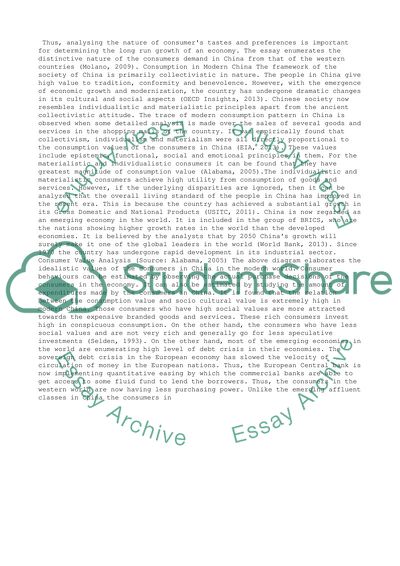Cite this document
(“In what sense and to what degree are consumers in China distinctively Essay”, n.d.)
Retrieved from https://studentshare.org/management/1484741-in-what-sense-and-to-what-degree-are-consumers-in
Retrieved from https://studentshare.org/management/1484741-in-what-sense-and-to-what-degree-are-consumers-in
(In What Sense and to What Degree Are Consumers in China Distinctively Essay)
https://studentshare.org/management/1484741-in-what-sense-and-to-what-degree-are-consumers-in.
https://studentshare.org/management/1484741-in-what-sense-and-to-what-degree-are-consumers-in.
“In What Sense and to What Degree Are Consumers in China Distinctively Essay”, n.d. https://studentshare.org/management/1484741-in-what-sense-and-to-what-degree-are-consumers-in.


